Longevity, Performance & Obesity Research (60 Capsules) (5-Amino-1MQ, NMN, JBSNF)
SKU
$315.00
Each Capsule contains 5-Amino-1MQ 50mg, NMN 50mg, JBSNF 5mg
5-amino-1MQ is a small molecule that blocks the activity of the enzyme called nicotinamide N-methyltransferase (NNMT). By blocking NNMT, 5-amino-1MQ stimulates an increase in NAD+, a cofactor that is central to cellular metabolism, thereby increasing metabolic rate and activating a gene called sirtuin-1 (SIRT1). SIRT1 is also known as the “longevity gene” because of its role in reducing the risk of diabetes, obesity, metabolic syndrome, atherosclerosis and other forms of cardiovascular disease, kidney disease, liver disease, neurodegeneration, and cancer.
Longevity, Performance & Obesity Research (60 Capsules) (5-Amino-1MQ, NMN, JBSNF). A research peptide blend that can significantly improve metabolic regulation and lower body weight. Studies with this supplement have also found it to be effective in increasing energy, insulin sensitivity, eye function and lipid profile.
NMN (Nicotinamide mononucleotide) Nicotinamide mononucleotide (NMN) is a unique form of vitamin B3 that gets converted into Nicotinamide Adenine Dinucleotide (NAD+). NAD+ declines with age and is an essential coenzyme for a number of enzymes involved with energy production and cellular repair. The sirtuin family are among these NAD+ dependent enzymes and act as master switches of metabolism and regulators of aging. Preliminary research suggests NMN supports synthesis of NAD+ in tissues, supporting cellular function and longevity, energy metabolism, aerobic capacity and glucose homeostasis. Research has shown NMN to decrease age-associated body weight gain, improve energy metabolism, insulin sensitivity and plasma lipid profile, enhanced eye function and other pathophysiologies.
JBSNF-000088 inhibits NNMT activity, reduces MNA levels and drives insulin sensitization, glucose modulation and body weight reduction in animal models of metabolic disease. In mice with high fat diet (HFD)-induced obesity, JBSNF-000088 caused a reduction in body weight, improved insulin sensitivity and normalized glucose tolerance to the level of lean control mice.
These three compounds affect everything from energy metabolism to cellular performance and aging. They primarily by affecting levels of NAD, the expression of GLUT-4 receptors, the activity of the NNMT enzyme and the production of molecules known as sirtuins. By increasing levels of NAD and decreasing the activity of NNMT, these molecules work together to improve cellular metabolism, enhance weight loss, and improve glucose control. Further benefits of the synergy between these compounds are seen in cellular aging, where increased levels of NAD help stem cells to survive and thrive. This provides a pool of healthy cells that can readily take the place of those that are worn or damaged, leading to improved tissue function and decreasing the effects of aging. By combining these three compounds, it might be possible to drastically alter energy metabolism for the better while simultaneously boosting anti-aging, anti-inflammatory, and anti-apoptosis activity in cells.
PRODUCT USAGE WARNING : This PRODUCT IS INTENDED AS A RESEARCH CHEMICAL ONLY. This designation allows the use of research chemicals strictly for in vitro testing and laboratory experimentation only. All product information available on this website is for educational purposes only. Bodily introduction of any kind into humans or animals is strictly forbidden by law. This product should only be handled by licensed, qualified professionals. This product is not a drug, food, or cosmetic and may not be misbranded, misused or mislabled as a drug, food or cosmetic.
Description
BUY NMN, 5-AMINO-1MQ, AND JBSNF-000088 PEPTIDE FOR SALE ONLINE
Synergy for Longevity, Performance and Metabolic Efficiency: NMN, 5-Amino-1MQ, JBSNF-000088
Over the last several decades, a number of peptides have been developed in the search for anti-aging compounds. Several have been successfully demonstrated to reduce the effects of aging and often these benefits align with additional benefits in metabolism and performance. In other words, peptides that benefit longevity tend to also have an impact on metabolism and athletic performance. This should come as no surprise given the link between exercise and improved morbidity and mortality.
Until recently, however, these peptides have generally been tested solo in animal models. Few studies have been conducted on the potential for enhanced effects due to the combination of two or more of these peptides. NMN, 5-Amino-1MQ, and JBSNF-000088 (6-Methoxynicotinamide) are excellent candidates for just such a trial looking at the synergistic effects of combining peptides. Here is why.
NMN, 5-Amino-1MQ, and JBSNF-000088 Peptide For Sale online only at USA Peptide Store where you can buy USA Research Peptides online. Shop over 100 research peptides online now for fast shipping and the best deal! Buy in bulk and Save! USA Peptide Store Your #1 Trusted USA Research Peptides Supplier. If this product does not meet your needs or interests, you may want to look at MK-677 Peptide (Ibutamoren) (60 Capsules). Please visit this link for further information on our Research Peptides Capsules
NNMT and the Futile Cycle
Nicotinamide N-methyltransferase is an enzyme critical to the metabolism of NAD and thus a key player in metabolic regulation. Found primarily in human fat and liver cells, NNMT processes vitamin B3 and catalyzes the conversion of nicotinamide and s-adenosyl-L-methionine to 1-methylnicotinamide and S-adenosyl-L-homocysteine. A-adenosyl-L-homocysteine is a precursor to adenosine (an important component of the energy molecule ATP).
Down-regulation of NNMT results in a futile cycle, which means there is no net biochemical gain and heat is the only product generated. Such cycles essentially waste energy and thus help to fight obesity as well as keep animal’s warms. Silencing NNMT actually increases the sugar transporter GLUT4 and helps to fight insulin resistance. In mouse models, an over-expression of NNMT leads to insulin resistance, diabetes, obesity, and heart issues.
So, why is this important? All of the peptides discussed in this article affect NNMT and the futile cycle. NMN is a precursor to NAD and appears to increase levels of naturally occurring sirtuins. Sirtuins are thought to influence cellular processes like apoptosis, stress response, and aging. Unfortunately, they also turn NAD into nicotinamide and can thus increase flux through NNMT. Too much NNMT is a bad thing as it decreases GLUT4 signaling and promotes obesity.
Fortunately, the effects of too much NAD can be counteracted by 5-amino-1MQ a potent inhibitor of the NNMT enzyme. A combination of the two peptides would yield all of the benefits that sirutins provide while counteracting the negative effects of their production.
JBSNF-000088 has similar effects to 5-amino-1MQ and has been found to inhibit NNMT activity. The peptide has been linked to decreased blood sugar levels and improved glucose tolerance in mice.
So, by combining these three peptides, it might be possible to drastically alter energy metabolism for the better while simultaneously boosting anti-aging, anti-inflammatory, and anti-apoptosis activity in cells. The diagram below shows that inhibition of NNMT means that additional NMN converted to NAD will result in increased energy metabolism and decreased fat mass. Research into each of these individual compounds has been compelling, but research into the combination may result in serious benefits.
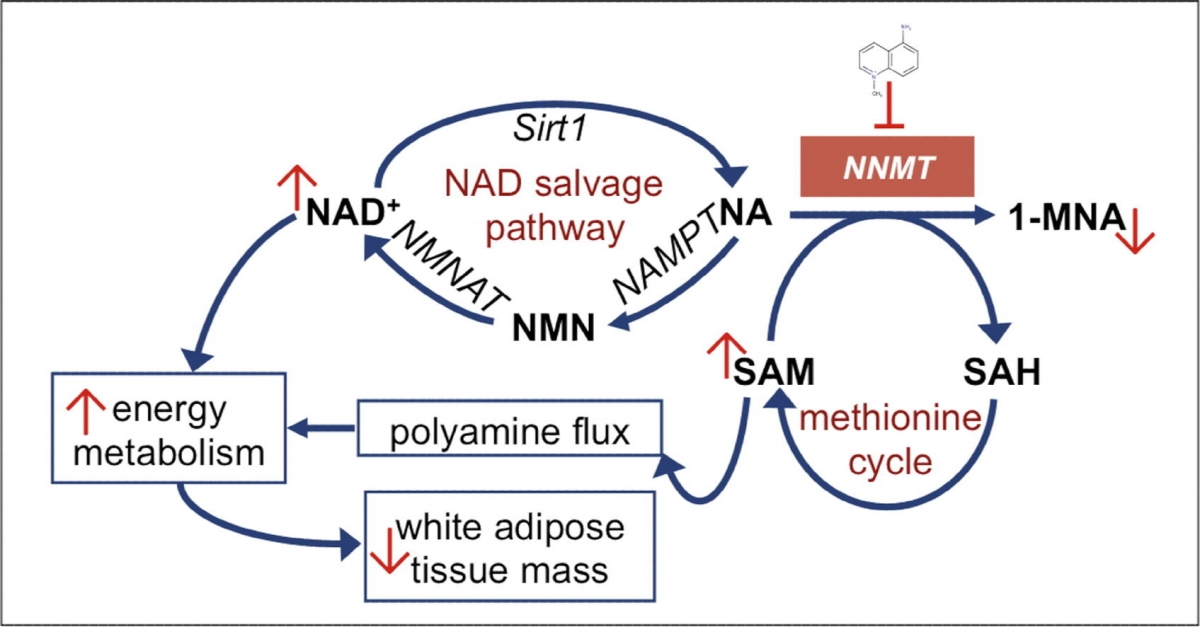
It is important to note that not all forms of a peptide are equivalent. In the case of BPC 157, there are two forms of the peptide: an Arginate salt and an Acetate salt. Research with oral administration of standard BPC 157 (acetate salt) has shown that it tends to break down in gastric acid more than the ariginate salt form. The body’s response to this is to simply produce a lot of BPC 157 and only in the areas where it is needed. Of course, this solution is not tenable when delivering the peptide orally and so scientists set out to produce a more stable form of BPC 157 by adding additional chemical structures to the peptide that resist gastric acid but do not alter overall function. The more orally bioavailable “stable” form of BPC 157 is the arginate salt. Studies show that just 5% of BPC 157 arginate is degraded after 5 hours in gastric acid as compared to 98% of the acetate salt. By reducing the degradation of BPC 157, the arginate salt makes the peptide more effective as an orally administered compound. The enhanced oral bioavailability of the arginate salt makes it the preferred choice in BPC 157 oral research.
Weight Loss and Energy Metabolism
Each of these peptides has a positive impact of energy metabolism. NMN, for instance, boosts NAD levels. Low NAD has long been associated with obesity while high NAD is generally associated with healthy diets rich in vegetables. High levels of NAD are associated with ideal body mass composition and increased longevity.
Now, high NAD levels, as shown in the diagram in the last section, will definitely increase energy metabolism and lower obesity, but there can also be negative effects. The major negative effect is an increase in NNMT activity. This can actually counter the beneficial effects of NMN and may explain why the peptide has not made it out of rodent studies. Fortunately, 5-amino-1MQ and JBSNF-000088 both inhibit NNMT. This not only decreases the side effects of high NAD levels; it actually boosts the positive effects by forcing more NAD down the beneficial pathway of weight loss and fat burning.
Research shows that daily administration of 5-amino-1MQ produces progressive weight loss in mice. After just 11 days, mice given 5-amino-1MQ lose the equivalent of 5.1% of their body weight. In a human weighing 200 pounds, that is the equivalent of losing 10 pounds in a week! What is more, the weight loss occurs even though the mice continue eating just as much food as they did before. Even more remarkable still, however, is that the treated mice show a 35% decrease in white adipose tissue. These mice not only showed a reduction in the numbers of white adipose cells, but those that remained were 30% smaller than the same cells in the control group.
Research in mice also shows that JBSNF-000088 reduces body weight. Once again, this weight loss is seen in spite of continued average rates of food intake. Interestingly, while 5-amino-1MQ appears to improve body weight regardless of genetics, JBSNF-000088 only alters body weight in specific genetic settings. This doesn’t mean that JBSNF-000088 won’t work in those with obesity, but rather may not work in individuals with certain genetic forms of obesity. This suggests that interference with NNMT may not be the only mechanism by which JBSNF-000088 produces weight loss. It would be interesting to see how a combination trial of the compounds in this article might alter JBSNF-000088 function
What is interesting about the JBSNF-000088 trial is that it showed reductions in 1-methyl-nicotinamide in white adipose tissue, but not liver. Remember that 1-methyl-nicotinamide is a product of NNMT, so the study showed reduced NNMT levels in white adipose tissue of genetically obese mice, but not in liver. There is currently no explanation for this difference, but it may explain why the peptide was less effective in genetically obese mice and may offer some insight into energy metabolism as it relates the liver versus adipose tissue.
Diabetes and Blood Sugar
All three of these compounds can help to reduce the risk of diabetes in mouse models, even among mice that are genetically predisposed to develop diabetes and among mice fed a high fat or high sugar diet. JBSNF-000088 is the most potent anti-diabetic in this group and has been shown in mouse models to drastically improve glucose handling, even in genetically obese mice. This likely arises as a result of its ability to interfere with NNMT function as research in the past has shown that interventions to improve insulin sensitivity, such as exercise and even bariatric surgery, decrease NNMT expression in adipose tissue. This is important because, as noted above, JBSNF-000088 appears to primarily affect NNMT expression in fat cells and not in live cells.
Like JBSNF-000088, 5 amino-1MQ helps to regulate blood sugar levels by decreasing activity of NNMT. In this case, the research indicates that 5-amino-1MQ increases the transport of glucose by boosting GLUT-4 expression.
The mechanism by which NMN fights diabetes is completely different. Research shows that NMN, which it is capable of reducing adiposity and improving mitochondrial function, may also protect beta cells in the pancreas from damage. This benefit has been shown in both Type I and Type II diabetes, a remarkable feature of NMN and one that has led the healthcare industry to investigate its use as rescue treatment for people suffering from “traditional” diabetes.
So, JBSNF-000088 and 5-amino-1MQ work to move sugar from the blood and into cells where it can be used. This improves insulin sensitivity because the GLUT-4 transporter works independently of insulin. Thus, glucose levels drop even as insulin levels remain the same. This takes pressure off of the pancreas and helps to prevent “insulin burnout.” Further protecting the pancreas, through an entirely different mechanism, is NMN, which keeps the beta cells healthy so that they can produce insulin and regulate energy metabolism.
The Anti-Aging Effects of NAD
NAD is a primary marker of aging, declining over time and in certain disease conditions. Remember than NMN enhances NAD biosynthesis as shown in the diagram above. In mouse models, NMN administration has been shown to mitigate age-related physiological decline without any side effects. Things like loss of lean body mass, decreases in bone density, alterations of energy metabolism are virtually halted with NMN supplementation. According to Dr. David Sinclair, professor of genetics at Harvard Medical School, NMN is likely one of the keys to extending human life span to 150 years and may be the closest we have gotten to the fountain of youth yet.
New research suggests that 5-amino-1MQ and JBSNF-000088 can, through inhibition of NNMT, actually alter the structure of our DNA and affect cellular senescence. It is important to note that DNA activity is controlled through a process of methylation and demethylation that makes the DNA accessible to enzymes that process it. The science that studies this aspect of DNA is called epigenetics and the changes (methylation/demethylation) are referred to as epigenetic changes. Research has led us to understand that at least some aspects of aging are due to accumulated epigenetic changes to our DNA that renders it less functional than it is in our youth. This can lead to cell and tissue dysfunction and is thought to be an important component of cellular aging (senescence). There is speculation, but not a great deal of research at this point to suggest that 5-amino-1MQ and similar NNMT inhibitors may actually fight against these epigenetic changes and thus reduce the effects of aging. In fact, there is some preliminary research to suggest that preventing these epigenetic changes actually keeps stem cells viable for longer, thus maintaining a pool of cells capable of replacing those that are injured or senescent
Interestingly, the benefits of 5-amino-1MQ in aging are boosted by co-administration of things like NMN. This suggest that all of these peptides may be working together in some way to boost NAD levels and that NAD may, in fact, be the underlying common denominator. A great deal of research needs to be done in this area to unlock all of the secrets of the synergy that exists between 5-amino-1MQ, JBSNF-000088, and NMN in fighting the effects of aging.
Performance and Muscle Protection
As noted above, 5-amino-1MQ and JBSNF-000088 may play an important role in maintaining stem cell populations. This phenomenon has been most clearly observed in muscle tissue, where 5-amino-1MQ helps to preserve the satellite cells or myogenic stem cells that provide a pool of renewable muscle-forming cells throughout life. This ability not only fights the effects of aging, but may actually enhance performance as well. An increased number of stem cells in any tissue means faster, more complete recovery when injury does occur. In the case of muscle, this could be anything from a traumatic injury to the types of micro-injuries caused by lifting and exercise. The ability to heal faster and more completely could thus easily improve performance. And just imagine if this same phenomenon is found in lung tissue, cardiac tissue, or even neurologic/brain tissue.
Source: Research Gate
Adding to the performance gains of an increased supply of stem cells is NMN, which boosts NAD levels and thus helps to maintain normal metabolic function. This means that existing cells can continue to perform at their peak because they have access to the energy they need. For NMN, this has been most clearly demonstrated in brain tissue.
NMN’s effects on performance are not strictly limited to NAD levels, however, research also shows that the molecule inhibits an enzyme called PARP1. The mechanics of how PARP1 inhibition can improve performance are complicated, but in the end they come down to the fact that PARP1 inhibition forces cells to repair DNA damage through recombination rather than nucleotide excision repair (NER). NER is error prone while recombination is not. But more importantly, recombination is only possible when cells reproduce and divide. Thus, PARP1 inhibition forces cells to replicate to repair DNA or be removed by apoptosis. Thus, unhealthy cells are removed while the healthiest of cells are forced to divide and produce more healthy cells. The net result is tissue with more active cells and those actives cells are necessarily the cream of the crop so to speak.
Put together, these molecules help to modulate the cellular life cycle in a way that ensures that only the healthiest cells survive, that unhealthy cells are promptly removed, and that a robust supply of stem cells is at the ready to replace those that are removed. This leads not to tissue that is made up of the greatest number of active cells and those active cells are pulled from a pool of the healthiest cells available. Overall, this means much healthier, more functional tissue and organ systems.
Putting Together the Benefits of NMN, 5-Amino-1MQ, and JBSNF-000088
These compounds affect everything from energy metabolism to cellular performance to aging, primarily by affecting levels of NAD, the expression of GLUT-4 receptors, the activity of the NNMT enzyme, and the production of molecules known as sirutins. By increasing levels of NAD and decreasing the activity of NNMT, these molecules work together to improve cellular metabolism, enhance weight loss, and improve glucose control. The latter is further enhanced by the fact that NNMT inhibition boosts the expression of GLUT-4 receptors, insulin-independent glucose transporters that are linked to decreased risk of diabetes and improved insulin sensitivity.
Further benefits of the synergy between these peptides are seen in cellular aging, where increased levels of NAD help stem cells to survive and thrive. This, of course, provides a pool of healthy cells that can readily take the place of those that are worn or damaged, leading to improved tissue function and decreased effects of aging. These anti-aging effects also lead to performance gains as the combination of these molecules helps to ensure that tissue and organ systems are composed of the healthiest, most active cells available.
NMN, 5-Amino-1MQ, and JBSNF-000088 exhibits minimal side effects, good oral and excellent subcutaneous bioavailability in mice. Per kg dosage in mice does not scale to humans. NMN, 5-Amino-1MQ, and JBSNF-000088 for sale at USA Peptide Store is limited to educational and scientific research only, not for human consumption. Only buy NMN, 5-Amino-1MQ, and JBSNF-000088 if you are a licensed researcher.
Buy Wholesale NMN, 5-Amino-1MQ, and JBSNF-000088 From USA Peptide Store
At USA Peptide Store, our research peptides are of the highest purity and pharmaceutical grade. Our NMN, 5-Amino-1MQ, and JBSNF-000088 peptide comes in 5-Amino-1MQ 50mg, NMN 50mg, JBSNF 5mg (60 capsules). We’re passionate about our products, and we always strive to provide our customers with the best in both selection and quality. All of the products we provide are tested to verify authenticity and purity, so you can conduct your research with confidence.
Searching for NMN, 5-Amino-1MQ, and JBSNF-000088 peptide for sale? Look no further! Our online peptide store offers a wide range of NMN, 5-Amino-1MQ, and JBSNF-000088 peptide, perfect for your research needs. Whether you’re in the United States, Australia, Canada, Germany, Sweden, France, Turkey, Thailand, Italy, Netherlands or the United Kingdom, we have you covered. We provide fast and secure shipping to multiple countries, ensuring that you receive your order conveniently and on time. Purchase MNMN, 5-Amino-1MQ, and JBSNF-000088 peptide that are now available for sale and in stock. With our competitive prices and extensive inventory, you can trust us to be your reliable source for Longevity, Performance & Obesity Research (60 Capsules) (5-Amino-1MQ, NMN, JBSNF).
Want to learn more about our products or have a question about payment options? Our customer service team is here to help. So, what are you waiting for? order NMN, 5-Amino-1MQ, and JBSNF-000088 Peptide For Sale and experience first-hand quality service, prompt response and quick shipping. Stock up on the highest quality NMN, 5-Amino-1MQ, and JBSNF-000088 Peptide For Sale and more at USA Peptide Store today.
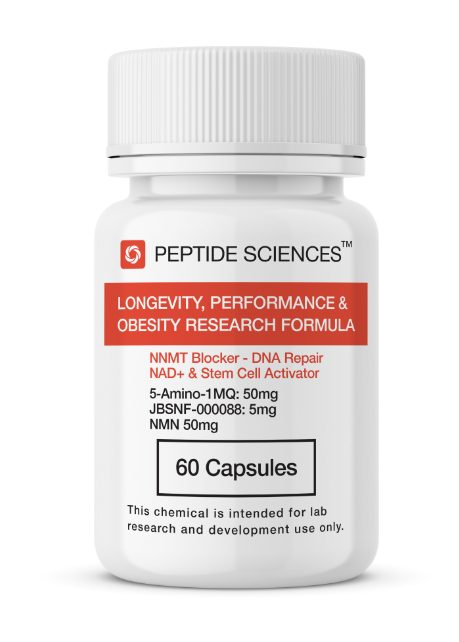

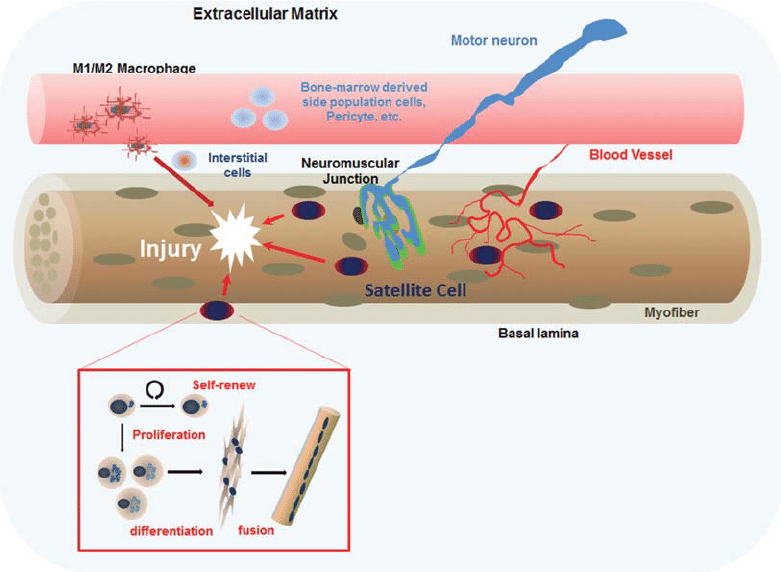
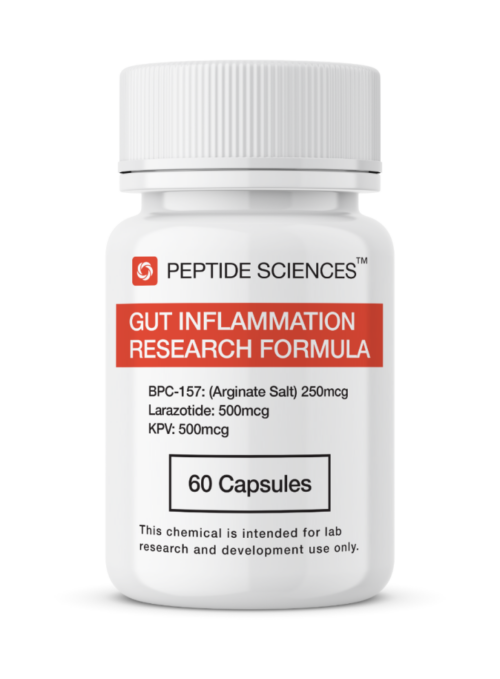
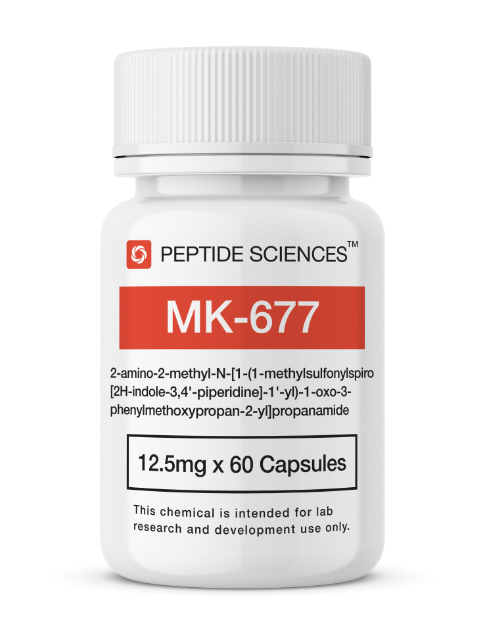
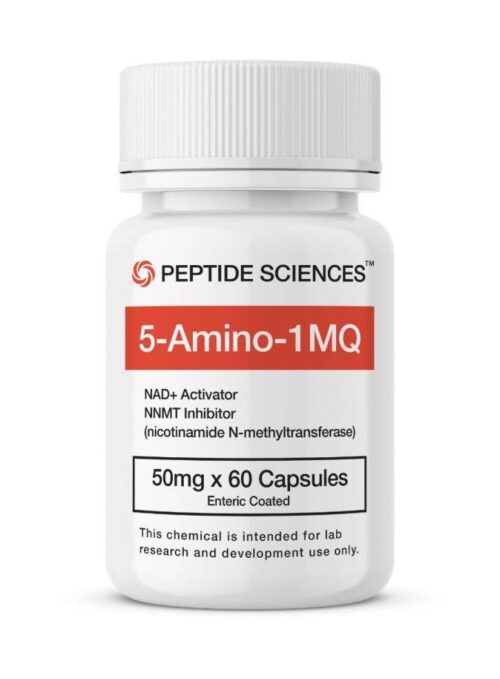
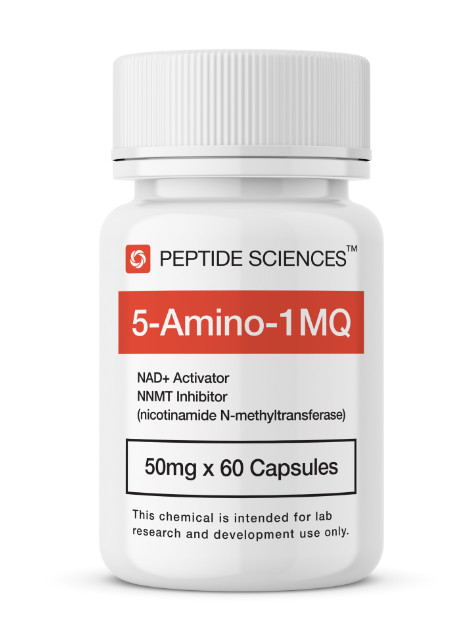
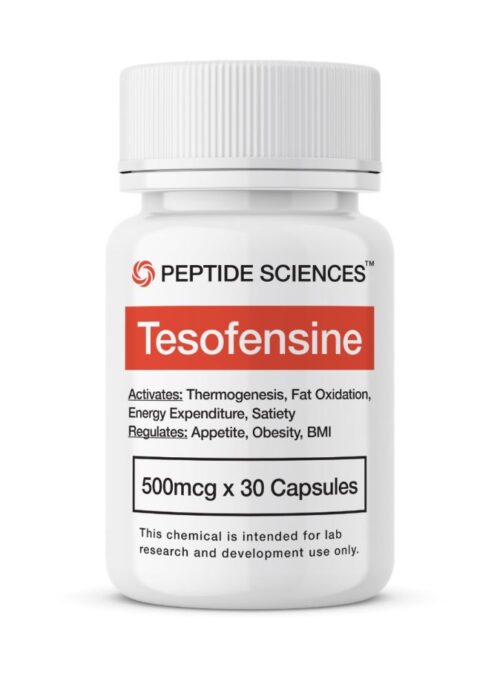
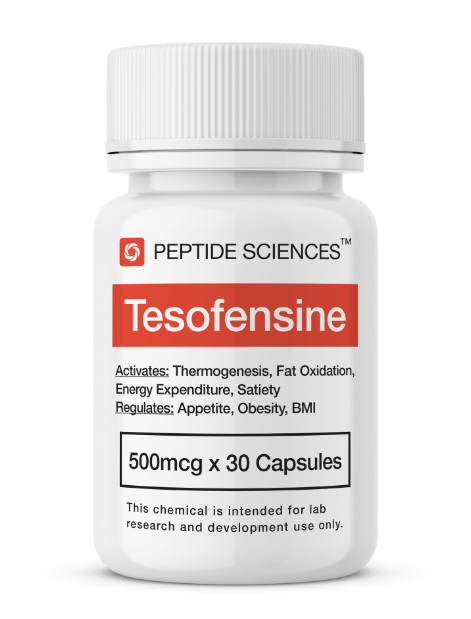

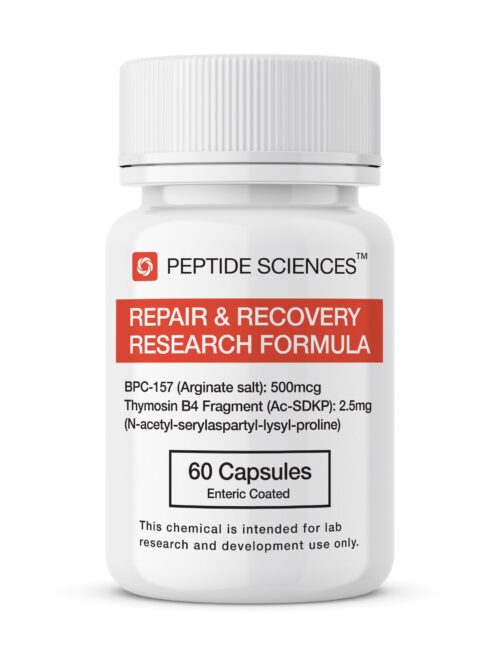
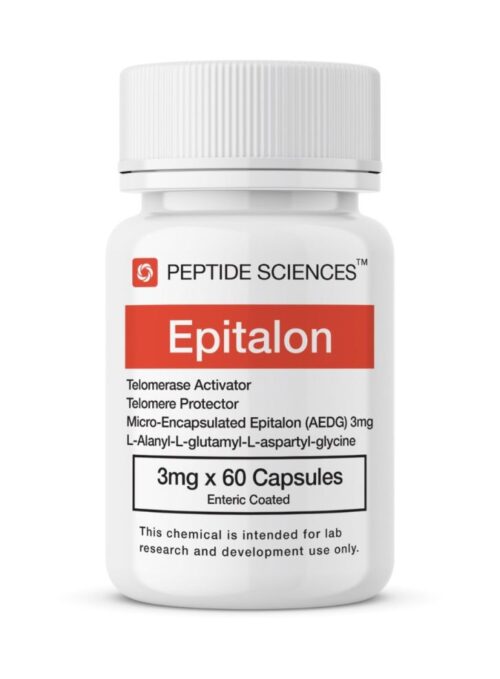
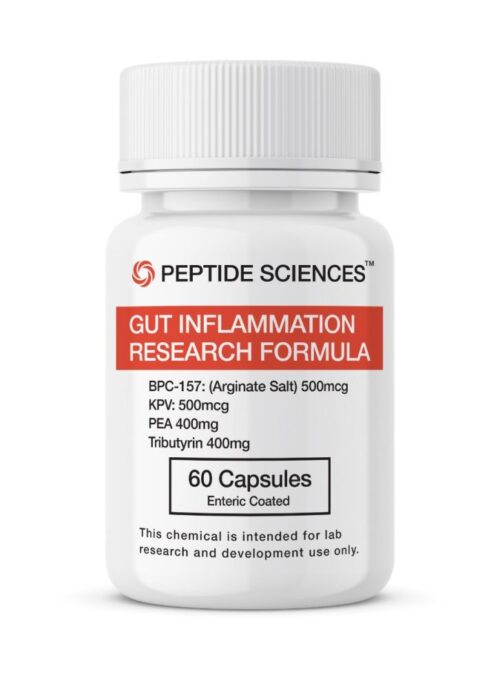
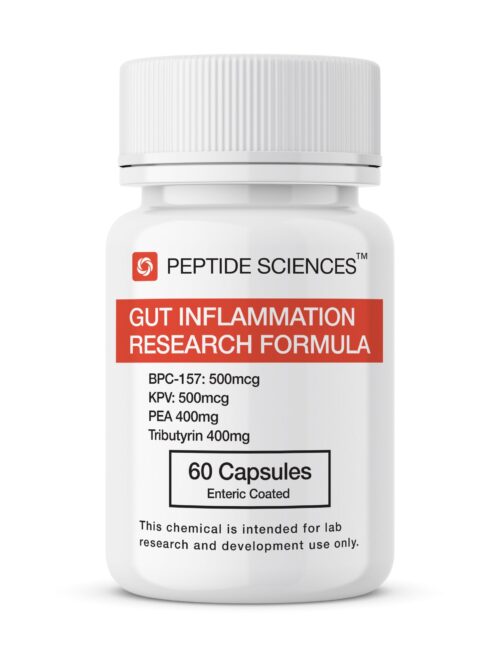
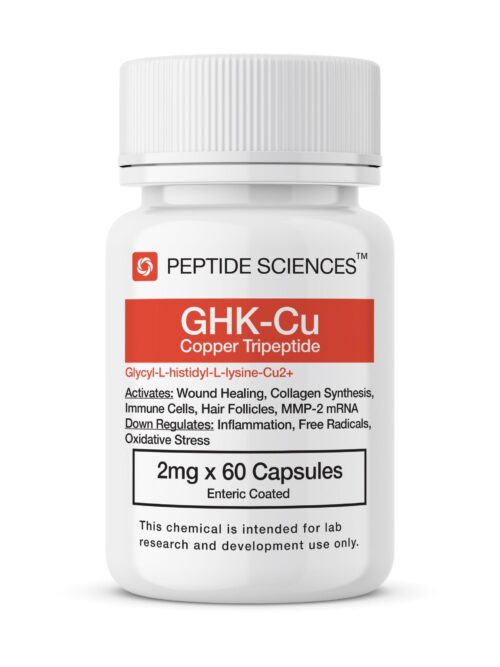

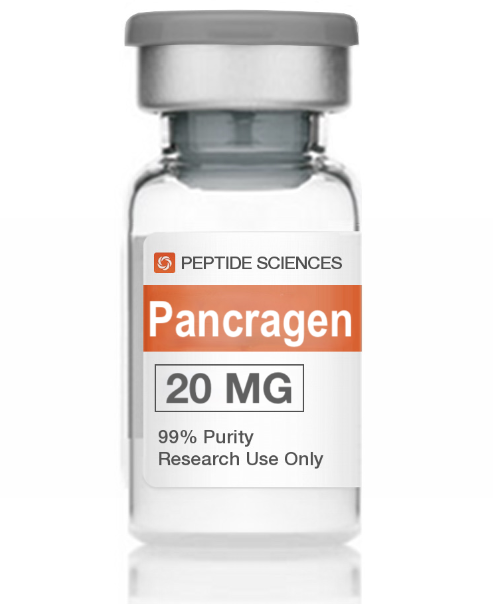
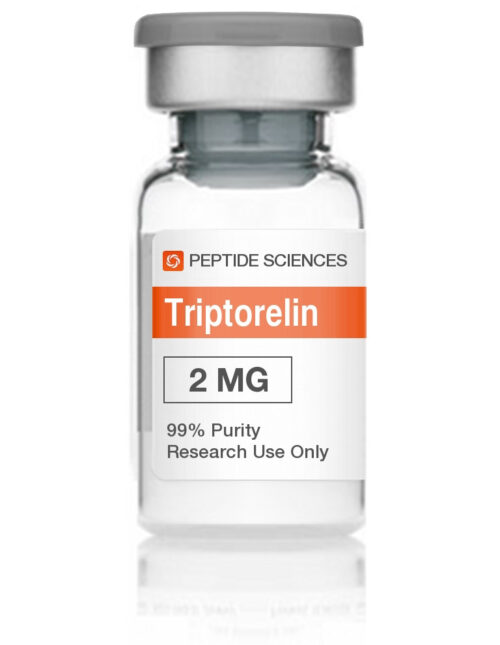
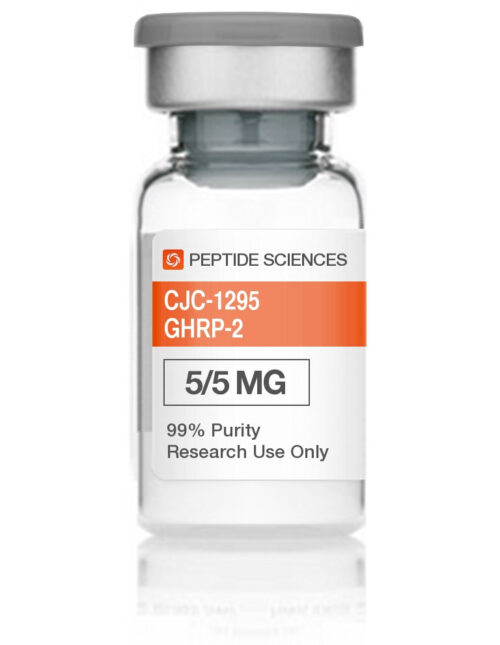
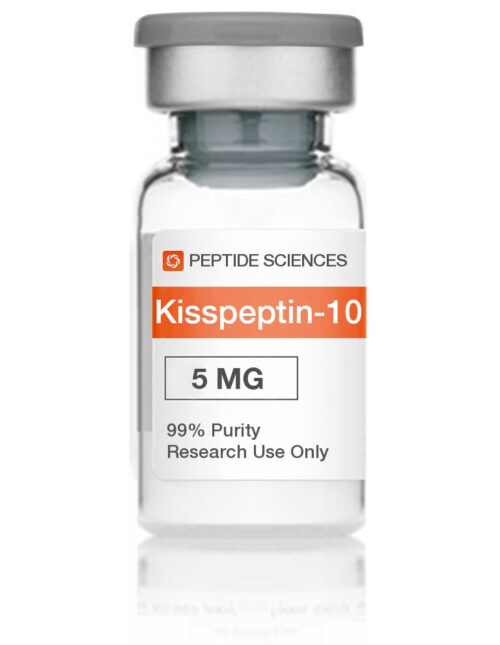

Reviews
There are no reviews yet.